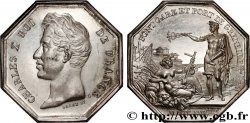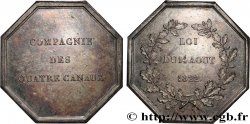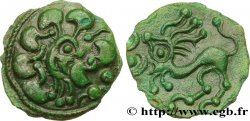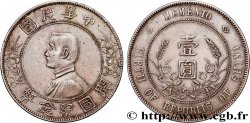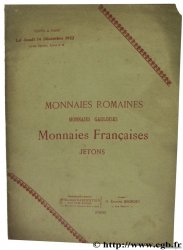正面
正面的文字 EAUX. ET. FORETS. DE. FR. AU. SIEGE. DE. LA. T. DE. MARB. DE. PARIS.
正面的说明书 La table de marbre couverte d'engins de chasse et de pêche, gibier et poissons.
背面
背面的文字 AMNES SILVASQUE TUETUR ; À L'EXERGUE : 1743.
背面的说明书 La Justice debout dans un paysage ; à gauche et à droite des scènes de pêche et de chasse.
背面的翻译 Je protège les fleuves et les forêts.
历史细节
PONTS ET CHAUSSÉES / BRIDGES AND ROADS
The French Monarchy had long cherished the project of ensuring the construction of thoroughfares which usually fell within the competence of local authorities, provinces, lords or communities.. For essentially financial reasons, the project only really came to fruition in 1716 with the creation of a hierarchical corps, on the model of the corps of military engineers, responsible for the fortifications, which had been organized some twenty-five years earlier.. Initially, the corps des Ponts et Chaussées comprised an inspector general, an architect first engineer, three inspectors general and twenty-one engineers, who had to design and build roads and engineering structures with sub-engineers recruited by their care. The task entrusted to them corresponds to a significant shift in the priorities of the State. In 1716, Louis XIV had been dead for almost a year, leaving France exhausted from long years of war. Concerns of military grandeur are almost immediately followed by the pursuit of economic power which must be achieved by facilitating trade through more and safer transportation infrastructure.. Offering more ramified service possibilities than rivers and canals, roads will be the subject of repeated investments by the State, allowing bridge engineers to appear as the privileged servants of its economic plans.. Text taken from the excellent: http://www. enpc. fr/teachings/Picon/CorpsPC. html.









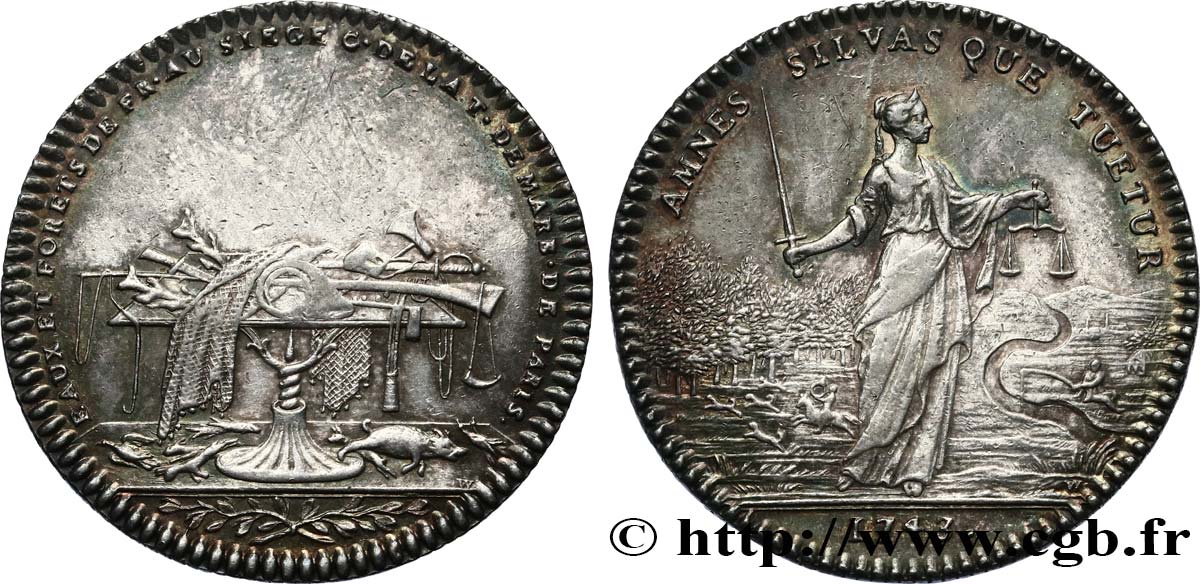
 对产品描述纠错
对产品描述纠错 打印
打印 分享我的选择
分享我的选择 提问
提问 Consign / sell
Consign / sell
 产品介绍
产品介绍


